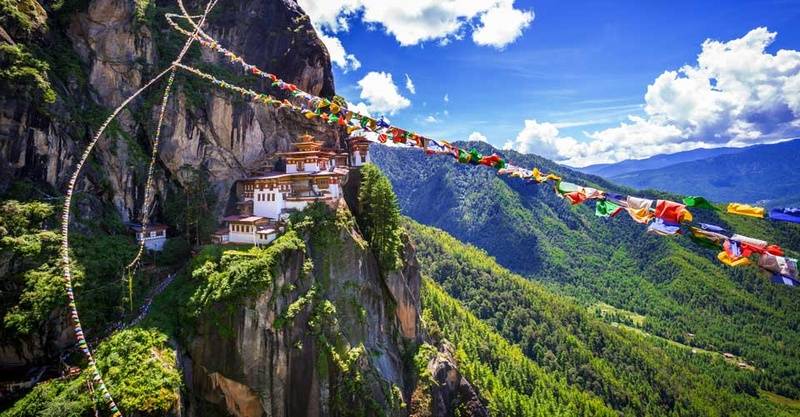
What’s in my Camera Bag? Himalayas Photo Adventure
The mighty Himalayas speak for themselves, but throughout the region there are hidden gems that personify adventure and exploration like few other places on our planet. Nepal and Bhutan are two of such areas and should be on every nature photographer’s “bucket list.” Not only are the landscapes and cultures vibrant and fascinating, but the wildlife you’re likely to see will surprise and delight the casual photographer all the way to the professional wildlife photographer.
Be sure to bring the right gear with you, as an adventure into the Himalayan kingdoms of Bhutan and Nepal will no doubt be a highlight of your photographic career!
Wide-angle Zoom Lens
For starters, you can’t leave your trusty “walking around lens” at home. These are lenses in the 18-55mm or 24-105mm category and are good for just about everything—hence why I often call them my “walking around lens.” They’re what I have when I’m walking around!
This will be on your camera probably 60-70% of the time, as the landscapes, people, and general travel photo opportunities will be extraordinarily plentiful.
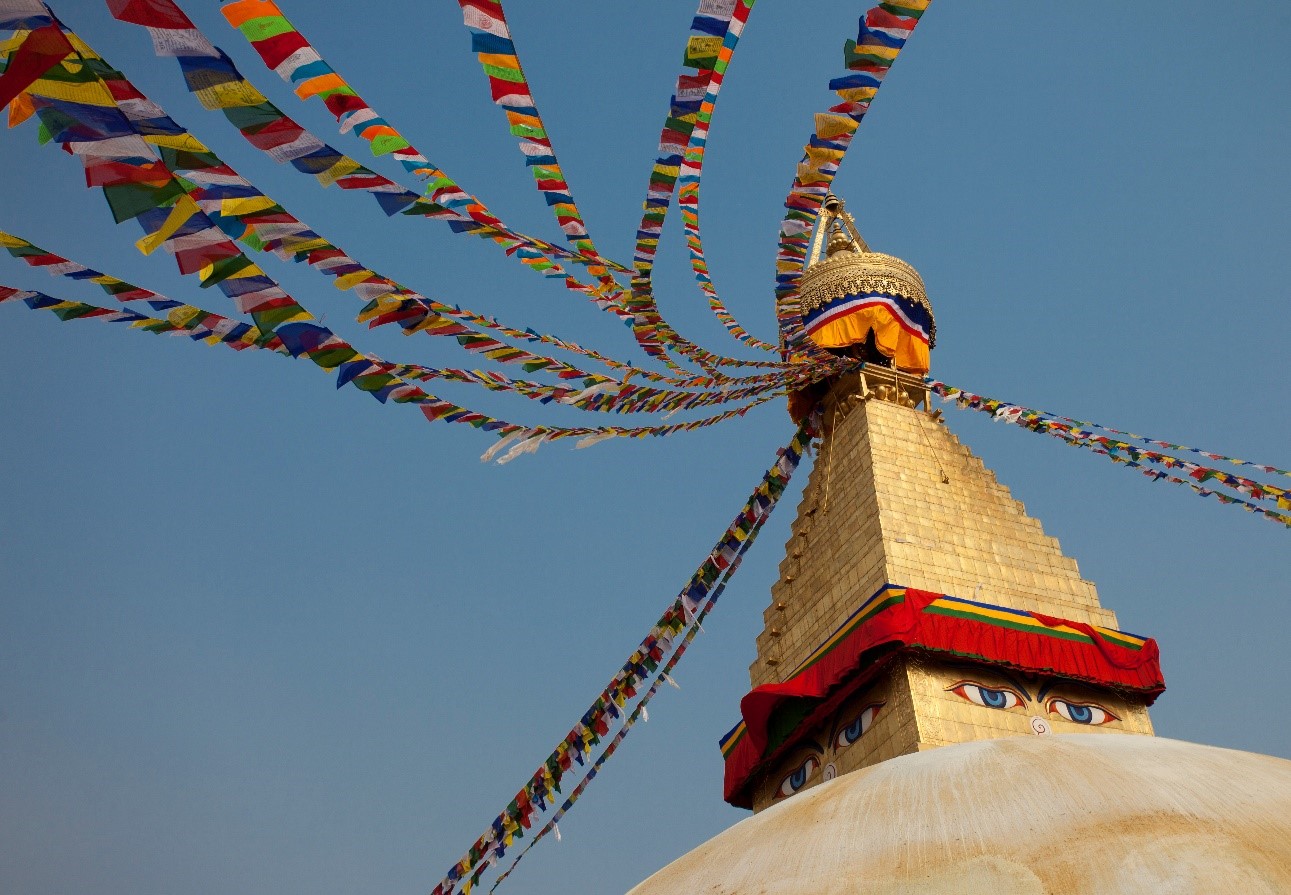
Zoom Telephoto
A telephoto lens will be quite important even if you’re predominantly a landscape photographer. As you may know, I’m a huge fan of taking landscape photos with telephoto lenses, as they provide a unique perspective and allow for advanced techniques like zoom compression.
However, in this region it’s not only landscapes that you’ll be photographing. In Nepal specifically, there are some fantastic species of animals that you’ll absolutely want to have some telephoto power for. In National Parks like Chitwan and others, Asian one-horned rhinoceros are abundant, and reptiles like the revered gharial can be spotted frequently from riverbanks. Birds, butterflies, and other smaller critters abound as well—all of which a trusty 100-400mm or 70-300mm lens is essential for.
Today, many people are acquiring “super telephotos” like 150-600mm, 200-500mm, 200-600mm lenses and these work great as well. There is an adage that you really can never have enough telephoto so don’t hesitate bringing a larger lens like these in place of a more moderate 70-200 or 70-300 lens.
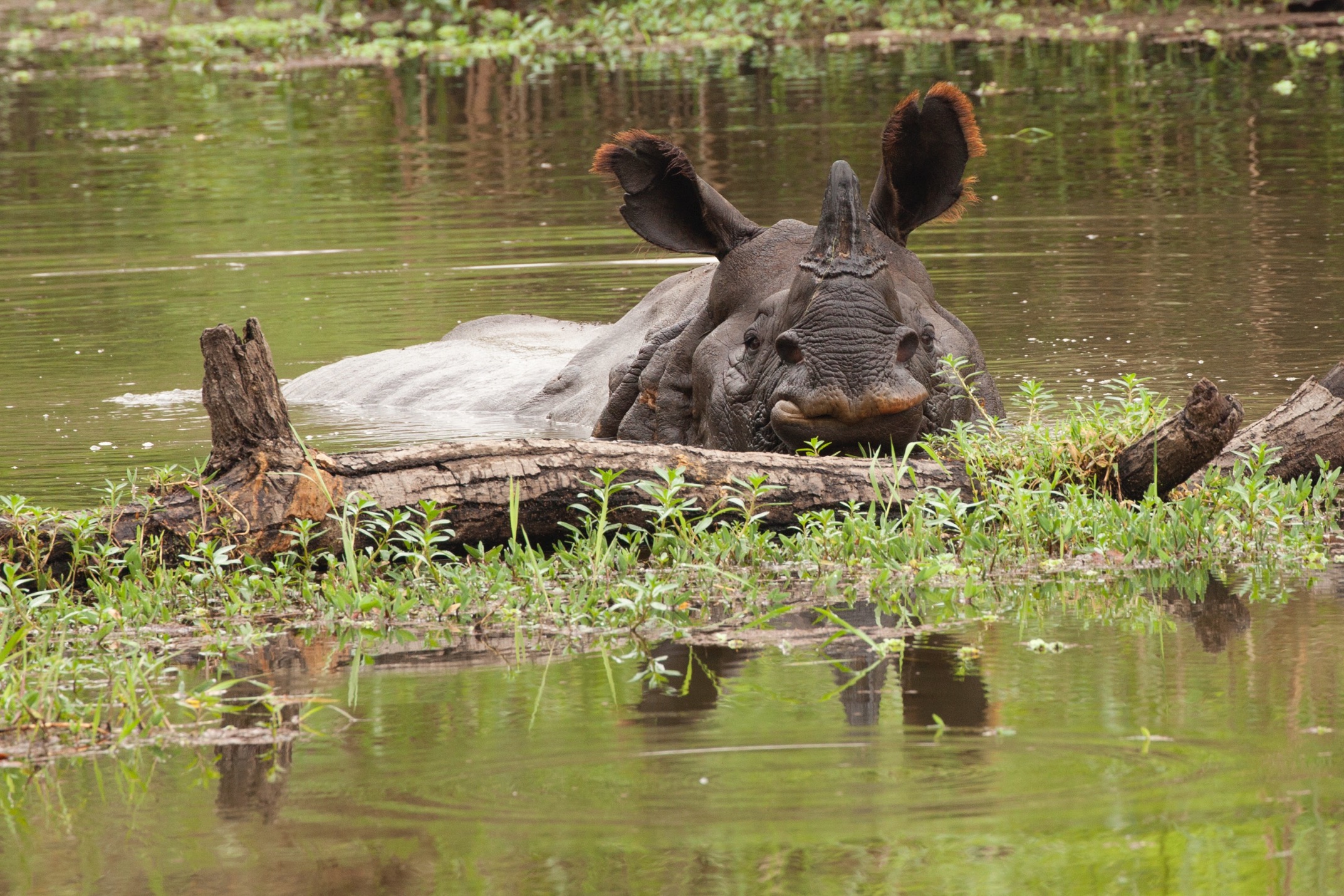
An Ultra-wide Lens?
While not critical, an ultra-wide angle lens, like a 10-22mm or 16-35mm, is great fun in destinations that have heavy landscape and cultural elements like Bhutan and Nepal. These lenses are small and lightweight but will give you a unique perspective whether you are photographing in small enclosed areas like vehicles or are capturing massive vistas with alluring elements throughout.
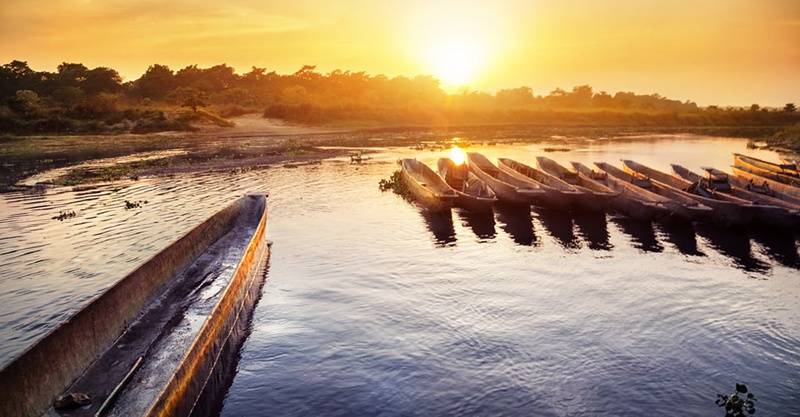
Again, this class of lens is not critical, but it may indeed be your x-factor lens on a Bhutan and Nepal photo adventure.
X-Factor Lens
My choice of x-factor lens for a trip to Bhutan and Nepal, however, is not the ultra-wide class of lenses, but instead the “nifty fifty” lens—a 50mm f/1.4. The reason has everything to do with the remarkably shallow depth of field made possible by the f/1.4 maximum aperture.
What this allows me to do is to create dramatic photos from nearly anything I come across. Whether it’s a unique door knob, a flower vase, or a dramatic hallway, the nifty fifty set at f/1.4 can create this wildly shallow depth of field that makes just about anything look interesting and photo-worthy.
In addition, these are small lenses that can be kept in your pocket and weigh almost nothing.
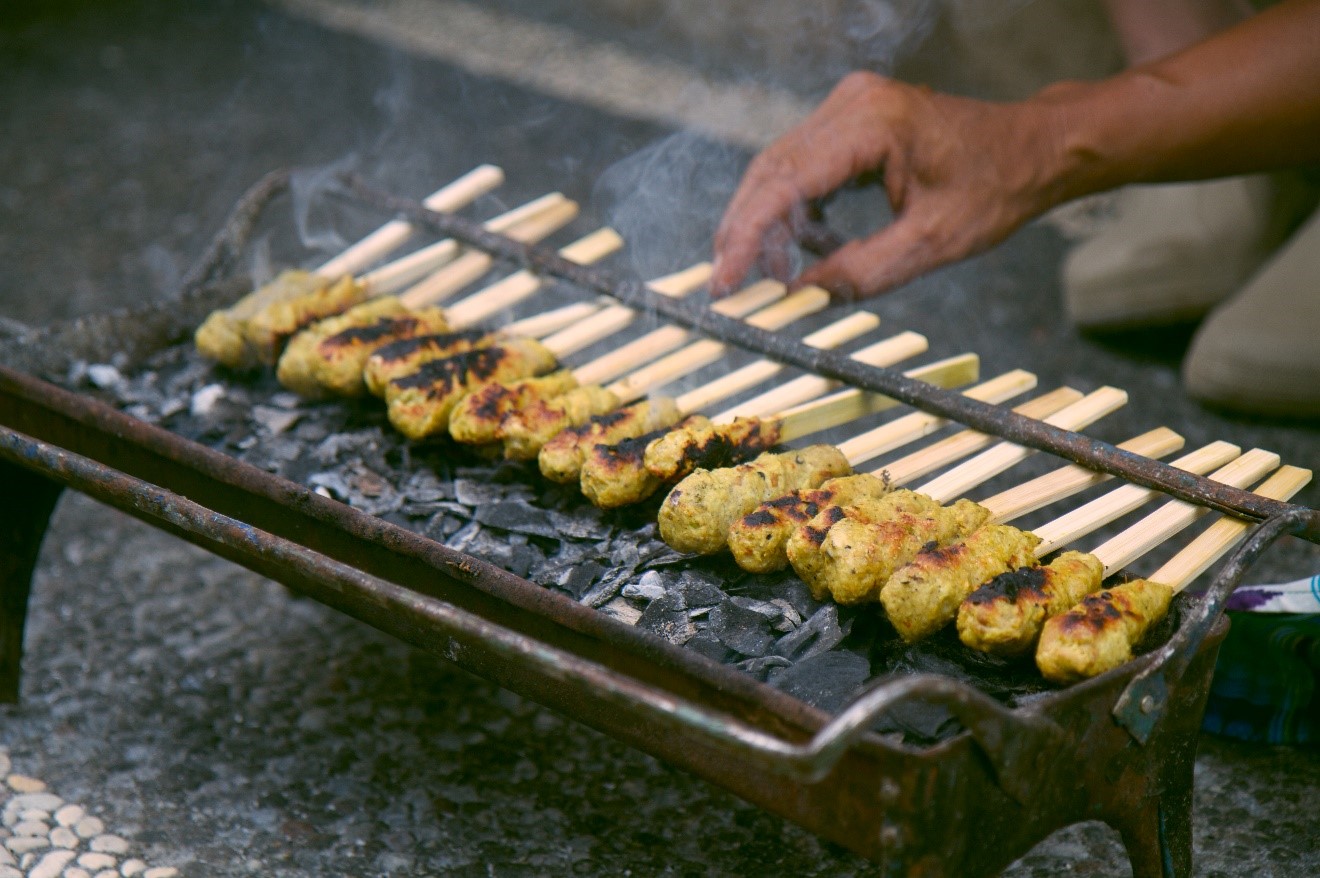
A Tripod?
There are really only a handful of times that I’d use a tripod on a photo trip in Nepal and Bhutan. However, don’t let this discourage you from bringing one—especially if you are used to using one for your landscape shots. As you probably know, a tripod allows you to shoot at slower shutter speeds and lower ISOs, giving you a better quality photo in the end.
Nevertheless, I am indeed one of those people who prefer and advise shooting hand-held most of the time. I find it to be more versatile and liberating instead of lugging around a tripod to use for nearly every landscape shot.
This all being said, there are some times during a trip in this region that you may wish to photograph the blue hour or any other nighttime shots. For these, you must use a tripod and I personally think it’s worth bringing a small travel tripod like a gorillapod or similar. These take up very little room and weight, but can be a lifesaver when you see “that perfect shot.”
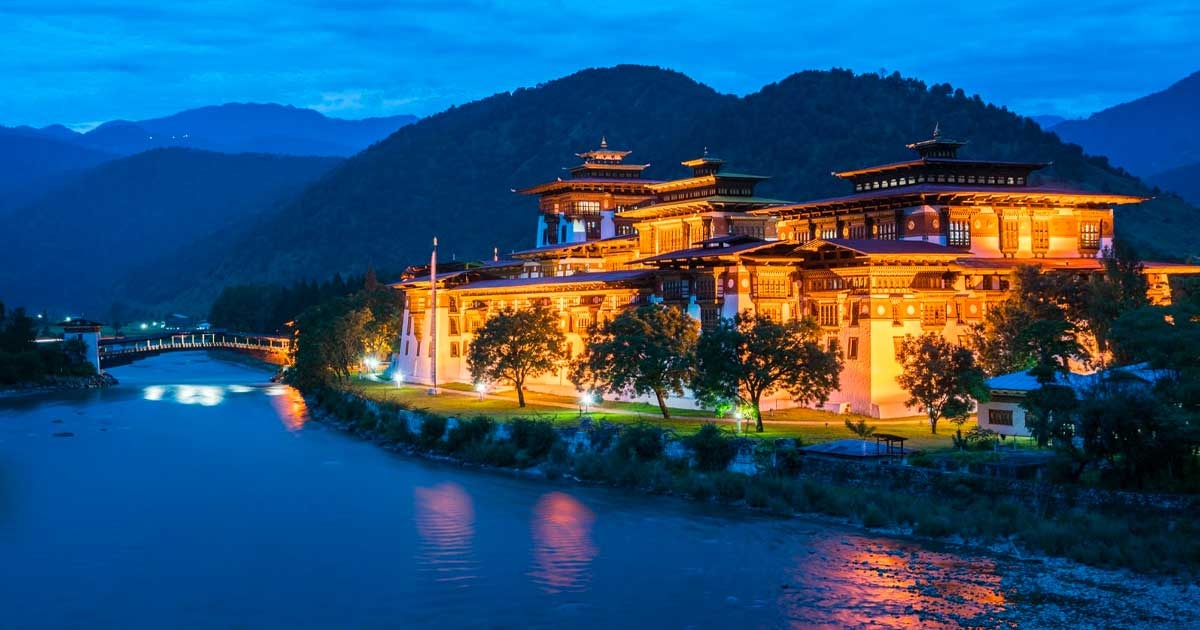
Filters
Filters are quickly becoming a thing of the past, whether you like it or not. Photoshop and lightroom have replaced these in nearly all ways, but there are still two filters that you may wish to consider.
The first filter is a polarizing filter. Although you can recreate the coloring effects of a polarizing filter in photoshop (using either dehaze or the blue luminance slider), it only replicates the effect and not the actual mechanism of a polarizer. Thus, I personally think there’s still reason to consider a polarizer when shooting big landscapes.
You may wish to pack a polarizer if you to maximize the texture of clouds and bring out some of the vibrance of the skies.

The second filter is important if you wish to experiment with “silky water photography”—something you are likely to come across while in Bhutan. The filter needed is a Neutral Density filters (aka ND filter), which is used to physically darken your lens and restrict the amount of light getting into your sensor. The reason for this is to allow you to shoot at relatively slow shutter speed in daylight conditions…two ingredients to make flowing water look that much more aesthetic in the Himalayas.
Read here if you’d like to learn my technique for getting silky water effects in your photography.
Other accessories
Just like you can never truly have “enough” telephoto power, you can’t have enough memory. Bring extra memory cards and at least two spare batteries. You won’t have the intense cold to zap your battery life like you may in arctic environments, but taking hundreds of photos throughout the day may of course require an extra battery or two.
As with any photo adventure, some sort of waterproof backpack is important. I personally bring a waterproof “shell” to my normal daypack, which renders it relatively waterproof. That way I can use my normal bag, but have a rain jacket for it if we get caught out during a hike.
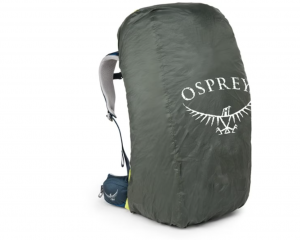
I hope this has all been helpful and I hope you are soon headed to Bhutan and Nepal on a Himalayan photo adventure! If so, I know you’re going to return home with sensational photos and memories.
If you have been to this region before to photograph the wonders of the Himalayas, feel free to leave a comment below with your two cents. We appreciate it!
Enjoy it out there!

Court
5 Comments

Jack J
February 18, 2023 at 9:11 am

Court Whelan, Ph.D.
February 21, 2023 at 12:45 pm

Debra Iverson
February 18, 2023 at 5:24 pm

Tim Robinson
February 25, 2023 at 10:52 am

Court Whelan, Ph.D.
February 28, 2023 at 1:45 pm
Court, I have found your photo tips to be very practical and up-to-date. So, I appreciate them in general, and specifically for upcoming Nat Hab trips. In late March, I will be in Nepal/Bhutan. Mulling over whether to bring a larger (Peak Design) tripod, do you know if there will be any night photographic opportunities, particularly in the clear air of Bhutan? I’m wondering about the Milky Way, star trails with an interesting foreground (e.g. a Bhutanese structure or the mountains), or the moonlit Himalayas. Thanks in advance for any insights. Regards, Jack
Hi Jack, great to hear from you! When it comes to photography in the Himalayas, yes, night photography will be possible. However, I usually opt for the “blue hour” which is that time just after sunset when you actually want some ambient light in your scene. See, the issue with pure darkness astrophotography is that you really need absolute darkness, which I’m just not sure you’ll get in and around the hotels and lodges. But blue hour photography OF your lodge and hotel is exactly what I strive for, as it’s a glorious way to showcase these important travel photography elements. That all being said, a tripod would indeed be fun to have for blue hour and knowing Peak Design, they’re small and lightweight. While I’d mostly expect to get great blue hour shots, if you do get a chance for some star photography, you’ll indeed be extra glad you have it!
Thanks for all of your awesome tips! Tibet is my dream trip ❤️❤️
Fantastic shot of the rhino! I always assumed they would be very rare.
rare in some areas, but if you know where to go, they’re virtually a guarantee 🙂